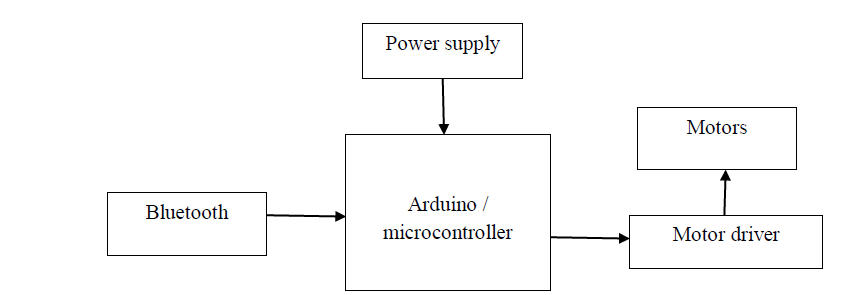Embedded System For Motion Control Of An Omni-directional Mobile Robot
Also Available Domains Robotics
Abstract
In this project, an embedded system for motion control of omnidirectional mobile robots is presented. An omnidirectional mobile robot is a type of holozoic robots. It can move simultaneously and independently in translation and rotation. In the future, mobile robots will have great potential inhuman society. The roles of robots will no longer be limited to completing tasks in assembly and manufacturing at a secure position. A mobile robot has to navigate efficiently in the real world in order to achieve hands-on jobs in which unpredictable variations take place. Conventional wheeled mobile robots (WMR), are unable to run sideways without initial maneuvering which constraints their motion. Despite the advancements in WMR maneuverability, they still cannot match holonomic robots. For instance, there are several motors mounted in static positions on the left and right side of the robot in a differential drive design. This robot is called `non-holonomic' because it cannot drive in all possible directions. In contrast, using Omni-robot, a holonomic robot is capable of driving in any direction at any point in time. The objective of this project is to design and implement an embedded system for a specific robotic application that can be used in designing Omni directional robot. Also, this project aims to ensure accurate motion control and path planning using low-level and high-level controllers
NOTE: Without the concern of our team, please don't submit to the college. This Abstract varies based on student requirements.
Block Diagram

Specifications
Hardware Requirements
- Arduino ,
- Power supply,
- Bluetooth
- Motor driver,
- Motors
- Embedded C
- Arduino IDE
Learning Outcomes
- Arduino pin diagram and architecture
- How to install Arduino IDE software
- How to install Python software
- Setting up and installation procedure for Arduino
- Introduction to Arduino IDE
- Basic coding in Arduino IDE
- Working of power supply
- About Project Development Life Cycle:
- Planning and Requirement Gathering (software’s, Tools, Hardware components, etc.,)
- Schematic preparation
- Code development and debugging
- Hardware development and debugging
- Development of the Project and Output testing
- Practical exposure to:
- Hardware and software tools.
- Solution providing for real time problems.
- Working with team/ individual.
- Work on Creative ideas.
- Project development Skills
- Problem analyzing skills
- Problem solving skills
- Creativity and imaginary skills
- Programming skills
- Deployment
- Testing skills
- Debugging skills
- Project presentation skills





 Paper Publishing
Paper Publishing
